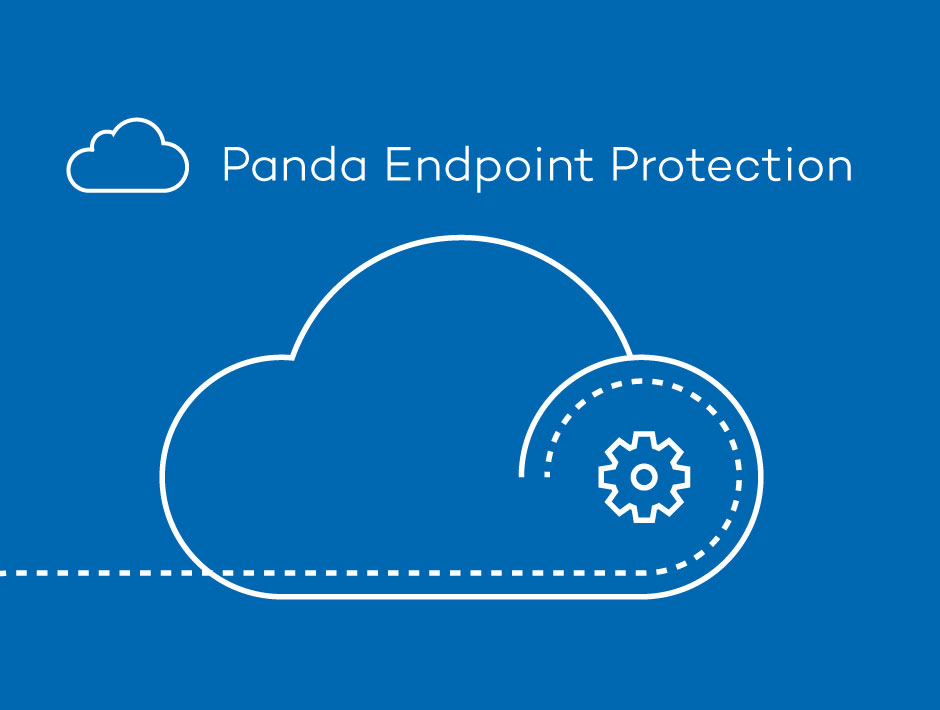The AV-Comparatives independent laboratory has awarded its highest level of certification, Advanced+, to the detection, scanning and protection effort of Panda Security. In a comparative review of more than 20 free and paid security software developers, the high detection capabilities of Panda Security’s solutions stood out.
Panda detected 99.98% of the more than 37,000 samples used by AV-Comparatives. Out of the nine top-scoring companies, only Avira and Kaspersky managed the same detection rate as Panda Security. Contextual intelligence can reveal malicious behavior patterns and generate advanced cyber-defense actions against known and unknown threats.
Panda Security has been awarded the Advanced+ seal in the malware detection study by the AV-Comparatives independent laboratory.
AV-Comparatives tests also aim to detect false positives, and in the case of Panda Security, just one file was wrongly reported as malware, while Avira and Kaspersky returned two and four false positives, respectively. Other familiar names such as Avast or AVG chalked up 20 false positives, not to mention more extreme cases such as Symantec with 96 errors, or CrowdStrike with 125.
“What’s tricky about this test is getting the best detection results without returning false positives,” said Luis Corrons, Technical Director of PandaLabs. “Obviously, you can get high detection rates with highly paranoid technologies, but that will increase the number of false positives, which in turn creates a problem for users.” AV-Comparatives has in fact dropped the category of solutions from Trend Micro, Avast, AVG, Symantec and CrowdStrike due to the high rate of false positives.
This seal of approval comes on top of other excellent results over the last couple of months in consecutive Real World Tests, where security products are put to the test in real infection scenarios.
A more demanding test
The Malware Protection Test in which Panda Security has taken part is a step on from the File Detection Test which only measured detections by signature. Now, in addition to rating scan detections, it also evaluates everything that is not detected in the first instance and is allowed to run, allowing the other protection layers of the solutions to come into play. This provides a result that offers a much more reliable picture of the protection capabilities of a solution.



6 comments
why did I pay for panda and never got number but you charged my credit card twenty five dollars
Hi Alfred, please contact Customer Service on cxo@pandasecurity.com so they can help you.
Sorry about the inconvenients!
Best regards,
Panda Security.
O PANDA FREE MEUS PARABENS…
Muito obrigado, David!
Panda Security.